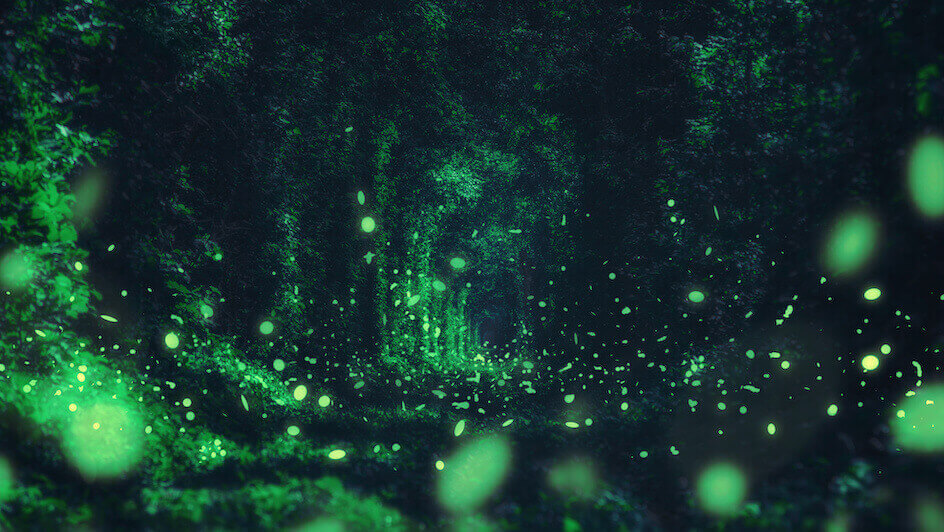Rechargeable Plants, the New “Green” Light

The charge towards greener, more efficient lighting has led scientists to look to plants for natural illumination, and soon we all might be reading by glow-in-the-dark plants.
Scientists from the Massachusetts Institute of Technology in Massachusetts, USA have been tinkering with nanobionics, which involve using nanoparticles to give living plants additional abilities.
An extra function would be, for example, enhancing the leaves of the test plants so that a ten-second charge from an LED light is enough to make the leafy appendages glow brightly for a handful of minutes.
The study revolves around tweaking enzymes to assist with fungal metabolism in converting the natural plant material, caffeic acid, into luciferin, which processes energy into light.
The technology is in its second generation, with more refined processes and ideas allowing for more effective testing on a wide range of plant species – the team used watercress, basil, daisy, tobacco and Thailand elephant ear plant.
Sheila Kennedy, an architectural researcher and the study’s lead, said: “Creating ambient light with the renewable chemical energy of living plants is a bold idea. It represents a fundamental shift in how we think about living plants and electrical energy for lighting.”




















